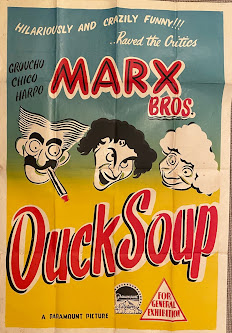But I'm going to try.
The save was invented by sportswriter Jerome Holtzman in 1960, after Pirate relief pitcher Elroy Face compiled a remarkable won-loss record of 18-1 that did not reflect his effectiveness -- or lack thereof. What Holtzman noted was that in 10 of those 18 wins, Face gave up the tying or go ahead run before eventually getting the victory. So Holtzman devised the save to better measure a relief pitcher's performance.
A save is awarded to a relief pitcher who finishes the game won by his team and meets one of the following criteria: (1) he enters the game with a lead of no more than three runs and pitches for at least one inning; (2) he enters the game with the potential tying run either on base, at bat or on deck; or (3) He pitches for at least three innings.
Closers like Mariano Rivera only enter games in situations where they will earn a save, and generally pitch only in the ninth inning to get the final three outs, sometimes less. As one sportswriter said, the closer "is the only example in sports of a statistic creating a job."
This trend began with A's manager Tony LaRussa's use of Dennis Eckersley, who only pitched the ninth inning and only when his team was ahead. This seemed to have worked for the A's, who won the World Series in 1989 and A.L. pennants in 1988 and 1990, and for the Yankees with Rivera, but I'm not sure these great teams would not have won anyway.
An exhaustive study of games from 1930 to 2003, found that the winning percentage for teams that enter the ninth inning with the lead has remained virtually unchanged over time. Teams have won roughly 95% of the time when they are ahead in the ninth inning both before and after the advent of the closer. Thus, as Jim Caple of ESPN wrote, closers who compile ninth inning saves "merely conclude what is usually a foregone conclusion."
Before there was the Save Specialist, there was the Fireman. Relief pitchers who came into games, regardless of the inning, to put out the fire. This makes more sense. There might be a save situation but not necessarily a fire to extinguish in the ninth inning. On the other hand, sometimes a pivotal situation comes up earlier in the game -- men on base in the sixth or seventh or eighth inning with the opposing team's best hitter up. Wouldn't you want your best relief pitcher on the mound in that situation? Or have your best relief pitcher out there for more than just one precious inning? Or let your starting pitcher, who is throwing a gem, finish the game himself?
It should be pointed out that while Mariano Rivera is the All Time leader in one-inning saves, he is not close when it comes to two-inning saves. That would be Rollie Fingers (135), followed by Bruce Sutter (130) and Goose Gossage (125). Rivera has 11.
Yes, Mariano Rivera is a remarkable talent. But he also symbolizes the extreme specialization of the sport, and not necessarily for the better. On that note, it is interesting that he should get his 600 saves in the same season that Jim Thome, the Designated Hitter, hit his 600th home run. At least Thome's homers weren't limited to the ninth inning.







0 comments :
Post a Comment